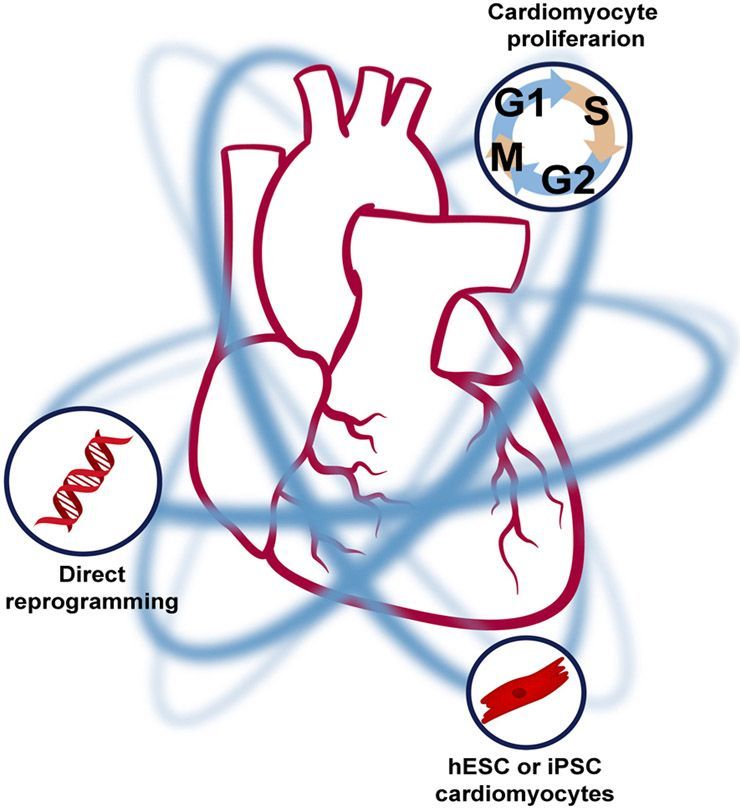Heart regeneration, a relatively new field of biology, is one of the most active and controversial areas of biomedical research. The potential impact of successful human heart regeneration therapeutics cannot be overstated, given the magnitude and prognosis of heart failure. However, the regenerative process is highly complex, and premature claims of successful heart regeneration have both fueled interest and created controversy. The field as a whole is now in the process of course correction, and a clearer picture is beginning to emerge. Despite the challenges, fundamental principles in developmental biology have provided a framework for hypothesis-driven approaches toward the ultimate goal of adult heart regeneration and repair. In this review, we discuss the current state of the field and outline the potential paths forward toward regenerating the human myocardium.
Cardiovascular diseases have long been the leading cause of death in both industrialized and developing countries. This broad term includes mortality from both vascular and myocardial disease and has been heavily driven by mortality from acute vascular events such as myocardial infarction. This epidemic of vascular death has led to important advances in both basic and clinical research, with significant results. The rates of both myocardial infarction and associated fatalities have been steadily declining (Yeh et al., 2010) thanks to advances in risk-factor management, as well as advanced therapies for coronary revascularization. Unfortunately, myocardial damage from non-lethal cardiac events has contributed to the increased prevalence of cardiomyopathy (Khera et al., 2017; Yeh et al., 2010).
Cardiomyopathy, or weakening of the heart muscle, is a devastating progressive disease with a prognosis worse than that of many malignancies (Mosterd and Hoes, 2007). Decades of advances in understanding the myocardial response to injury have led to the development of safe and effective drugs that slow the progression of cardiomyopathy and even restore function in some reversible cases where there is no significant myocyte loss (Yancy et al., 2017). These drugs mainly target sympathetic activation, afterload, and fibrosis pathways, which are responsible for the progressive nature of the disease after an initial insult. However, to date we have no answer to the disease’s central underlying basis, which is cardiomyocyte loss. The notion that it might be possible to rebuild the cardiac muscle, or to regenerate the myocardium, after injury has sparked significant interest over the past two decades, and it has created a battleground for competing theories and ideas.
